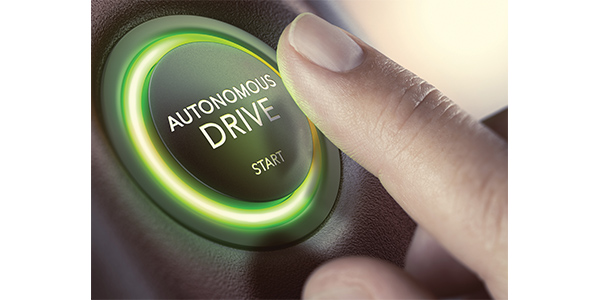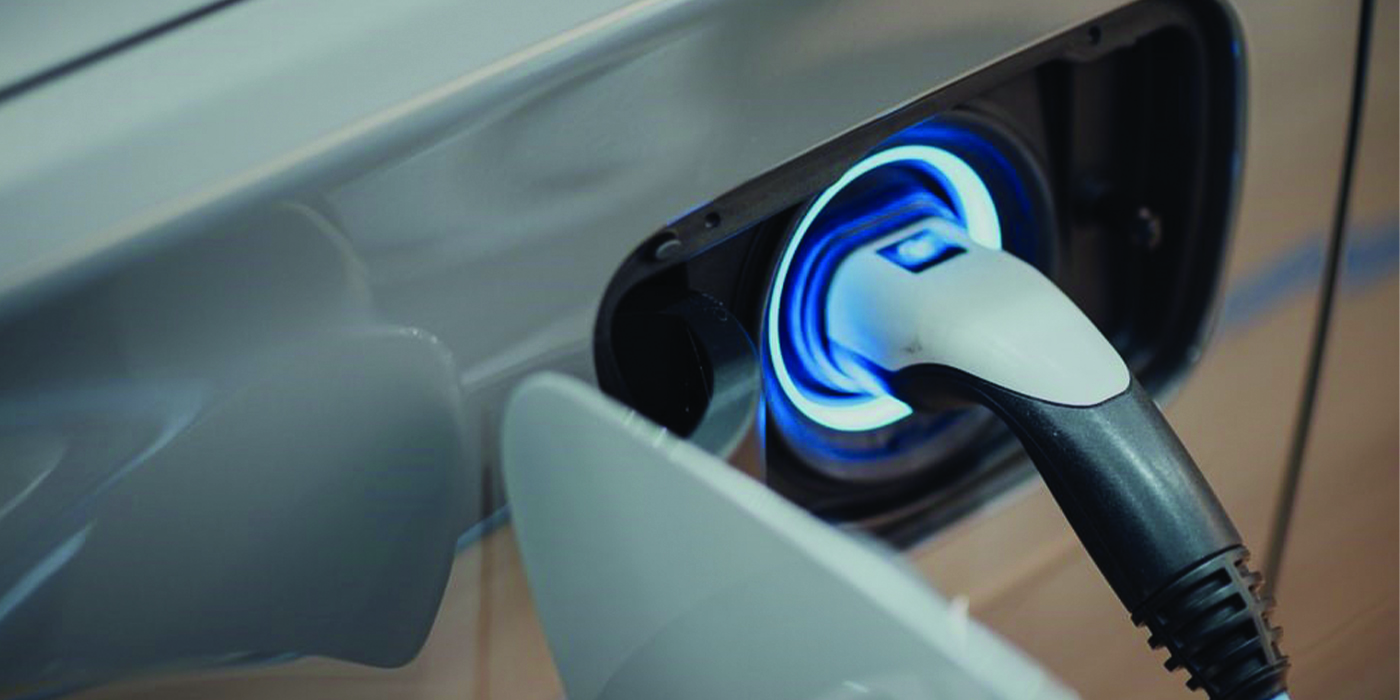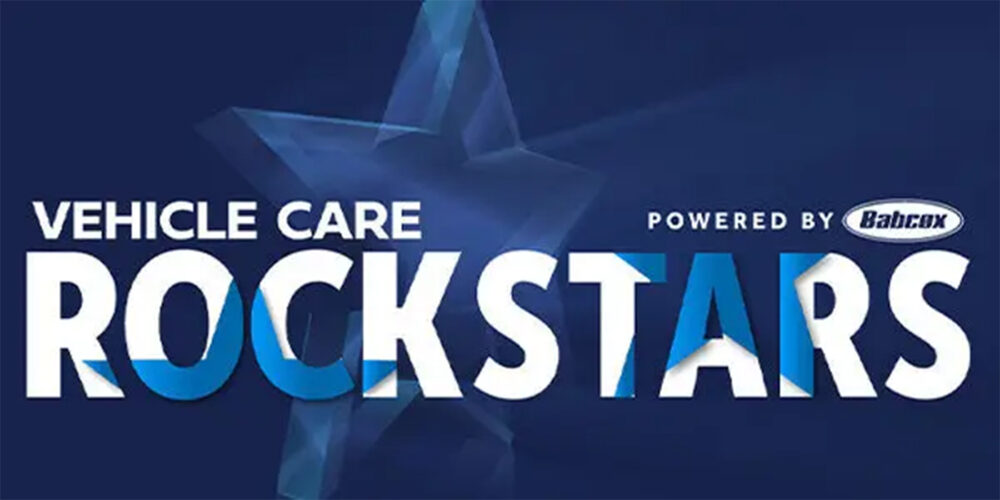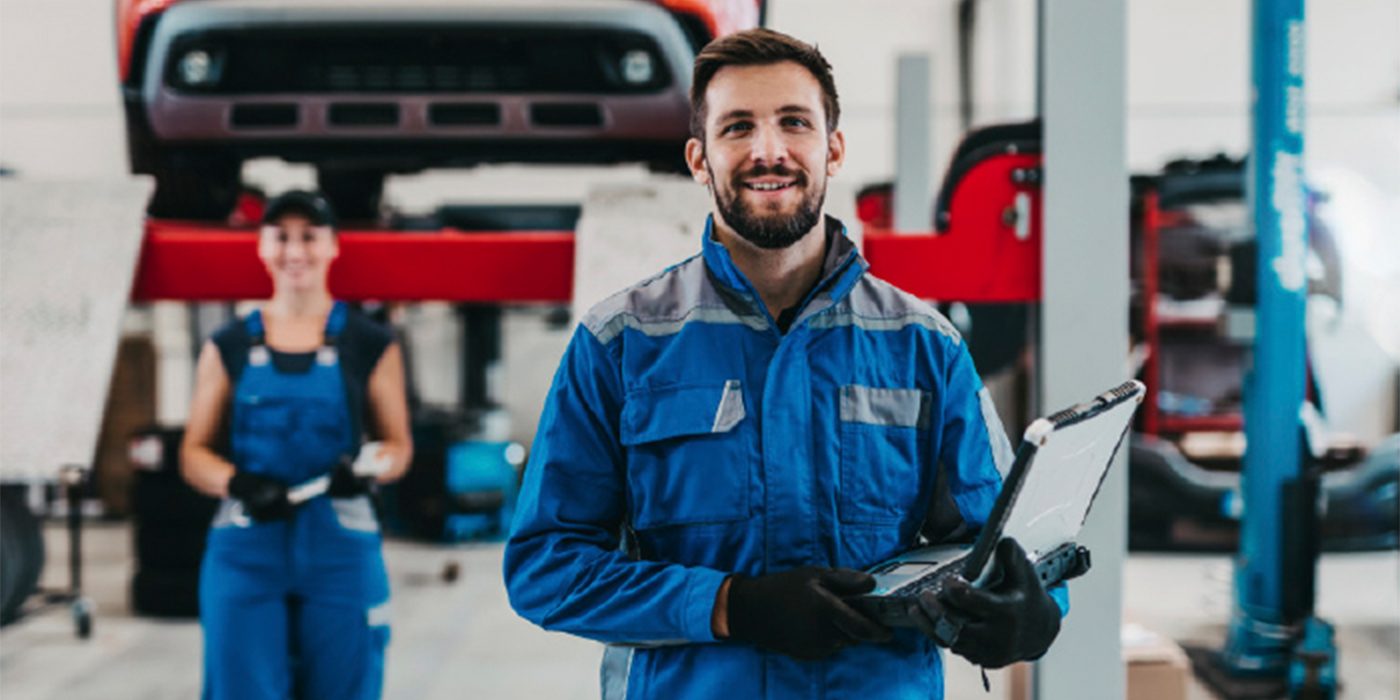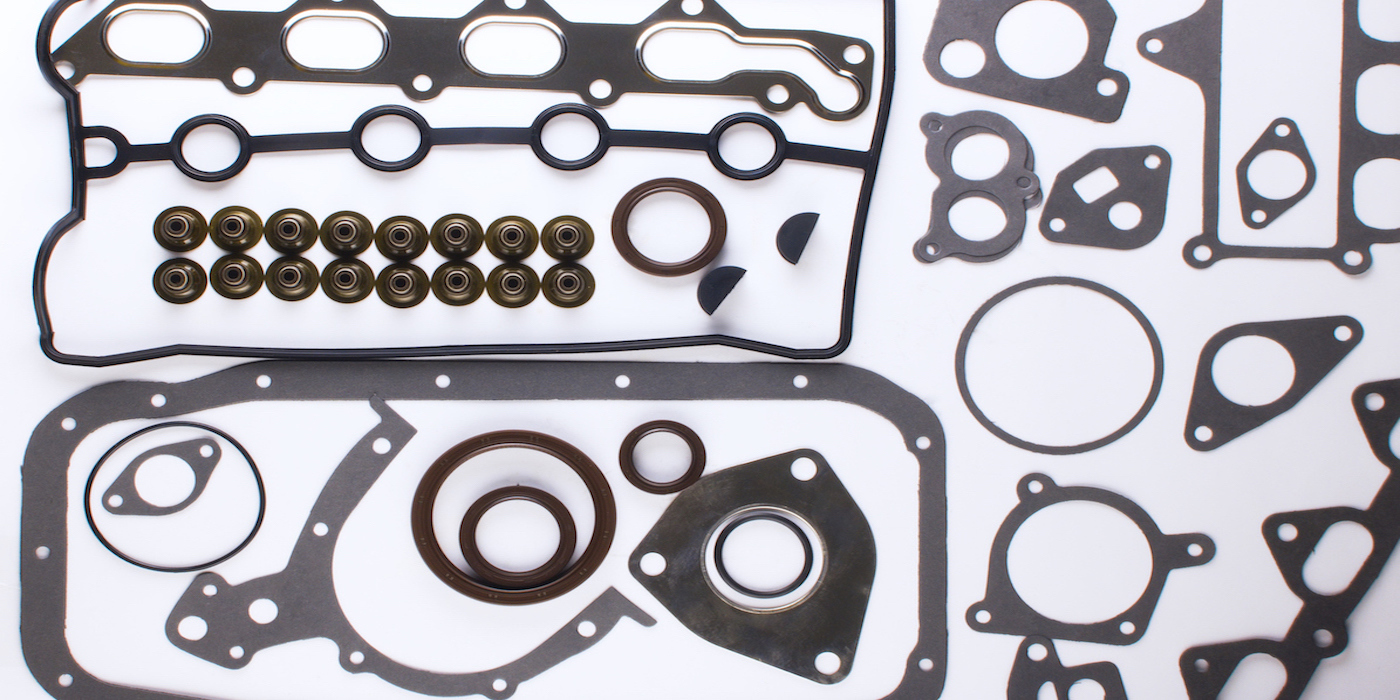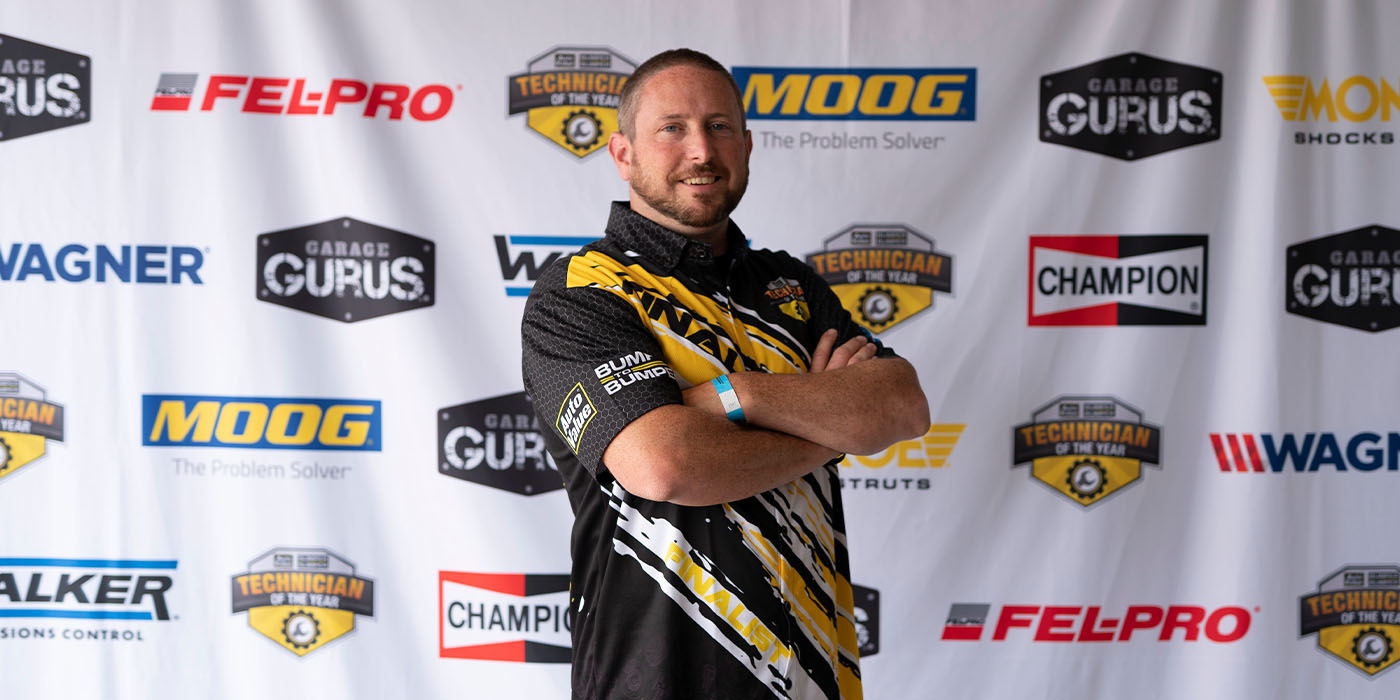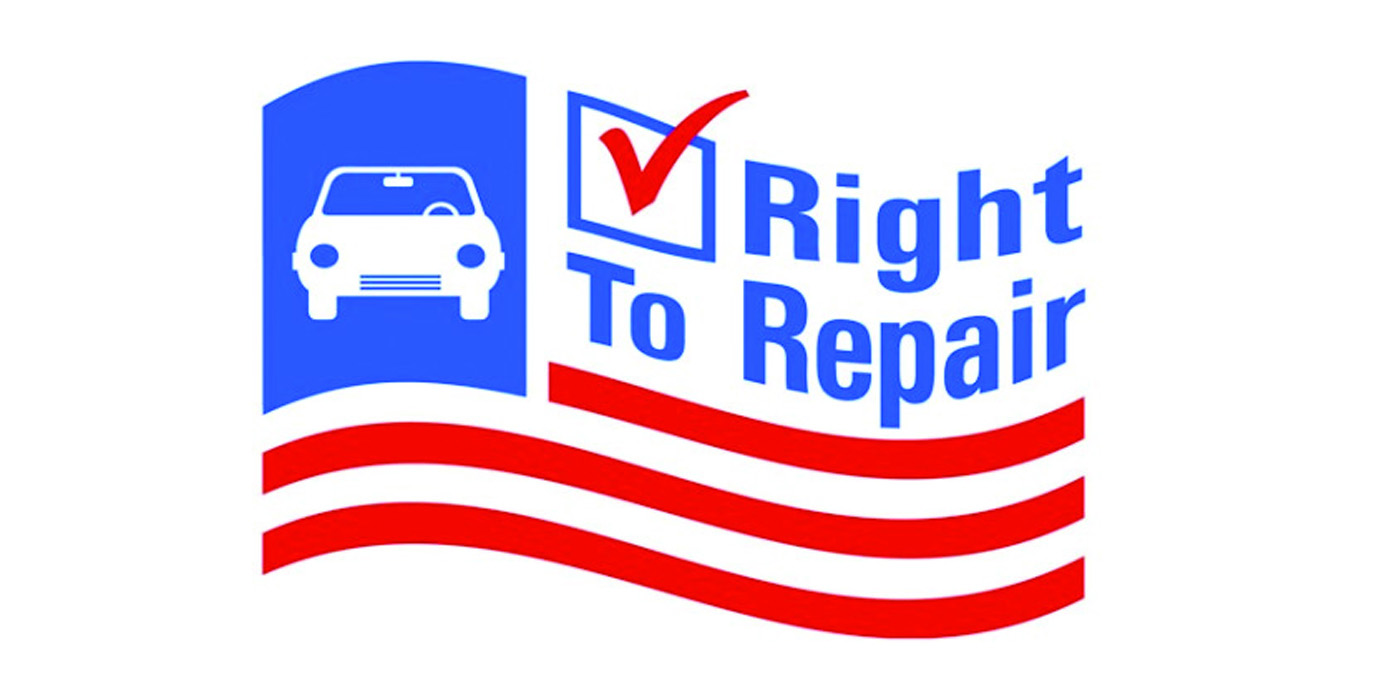
Autonomous vehicles may be several years away from mainstream adoption, but if there is anything that has been learned by engineers, it is that customers will find new situations to put their cars in that weren’t in the manual. While most people are intuitively cautious about new technology, others ask it to do things it was never intended to do. For example, Tesla drivers using the poorly named autopilot have learned a few lessons in asking a system that’s designed to assist — to be the driver.
The pilot vehicles we’ve seen have “driven” a lot of miles. If you put it all together, it is a whopping 3 million miles. So, just how many miles does it take to truly certify a platform? The magic number is 11 billion miles, according to the Rand Corporation. The Alpha Centari star system is only 93 million miles away, so take an AV for that roundtrip about a half dozen times and you are close to hitting that 11 billion miles.
A company called Cognata has figured out a way to get this kind of mileage in less than 4.37 light years each way with, not surprisingly, computers. Lots of computers working together to simulate and evaluate a vehicle model, just as if it were actually in use.
Danny Atsmon, CEO of Cognata, says there are four layers that are critical and central to successfully “computer model” and test an AV platform.
Virtual World
First you need a static environment — let’s say the buildings and streets of New York City. 3-D models provide groundwork to simulate a virtual world where the cars can play and, since it’s virtual, you can analyze the scenario without hospital bills if someone gets hurt.
Dynamic Layer
Mix in dynamic factors by adding in people, vehicles and conditions that might exist in that environment. Oddly, one of the best sources for regional data like this is provided by human drivers who participate by having their driving tracked and aggregated, giving engineers the ability to see how a difficult obstacle, for example, is navigated.
Sensing
There are a number of sensors that must work together for AVs to do the jobs that were intended for them. Cognata will create a profile for each sensor that emulates its strengths and weaknesses and data output in the position and situation in which it is placed on the vehicle. This will allow engineers to make tweaks to the package and the software that fuses all of these inputs into a coherent view of the world.
There are things that sensors do well. Radar is fast, impervious to darkness and can track multiple items at one time. Yet, it is not so good at classifying an object to determine if it is a truck, wall or an elephant that it is approaching. Cameras are very useful in that sense, but are not as good in low light or at projecting exact distance. Put the two together and you have sensor fusion and a package that is better in more conditions than human eyes alone.
Cloud
If it sounds like this is a lot of zeros and ones, it is. To pull off 11 billion miles in the time a manufacturer needs for development, Cognata partnered with Microsoft and N-Vidia to create a cloud concept where each computer can be running a different test in the simulation, while others are logging disengagement events — times when the virtual car was unable to do what was required — so that they can be analyzed and changes can be made to the vehicle so that it can be retested and confirmed. The vehicle can also be tested in multiple geographic locations, all at the same time. With the need for global platforms, an automaker could test the same car in New York, the mountains of Colorado, Tel Aviv and China, taking in all of the regional challenges and variations. Maybe the vehicle even loads up with all of the equipment it needs prior to taking a trip, rather than carrying a quickly outdated database everywhere it goes.
In reality, those of us who repair cars have no need to be involved in this process, but it is good to know that when we ask ourselves, “Why did they do it that way?” We know there was a reason. It seems like there might be some of this that is diagnostically useful. What if you could take the vehicle in its current state, sensors and all, and test-drive it virtually under conditions you couldn’t easily duplicate at the shop? Hey, Cognata, when you get that one going, I want my royalty check.


